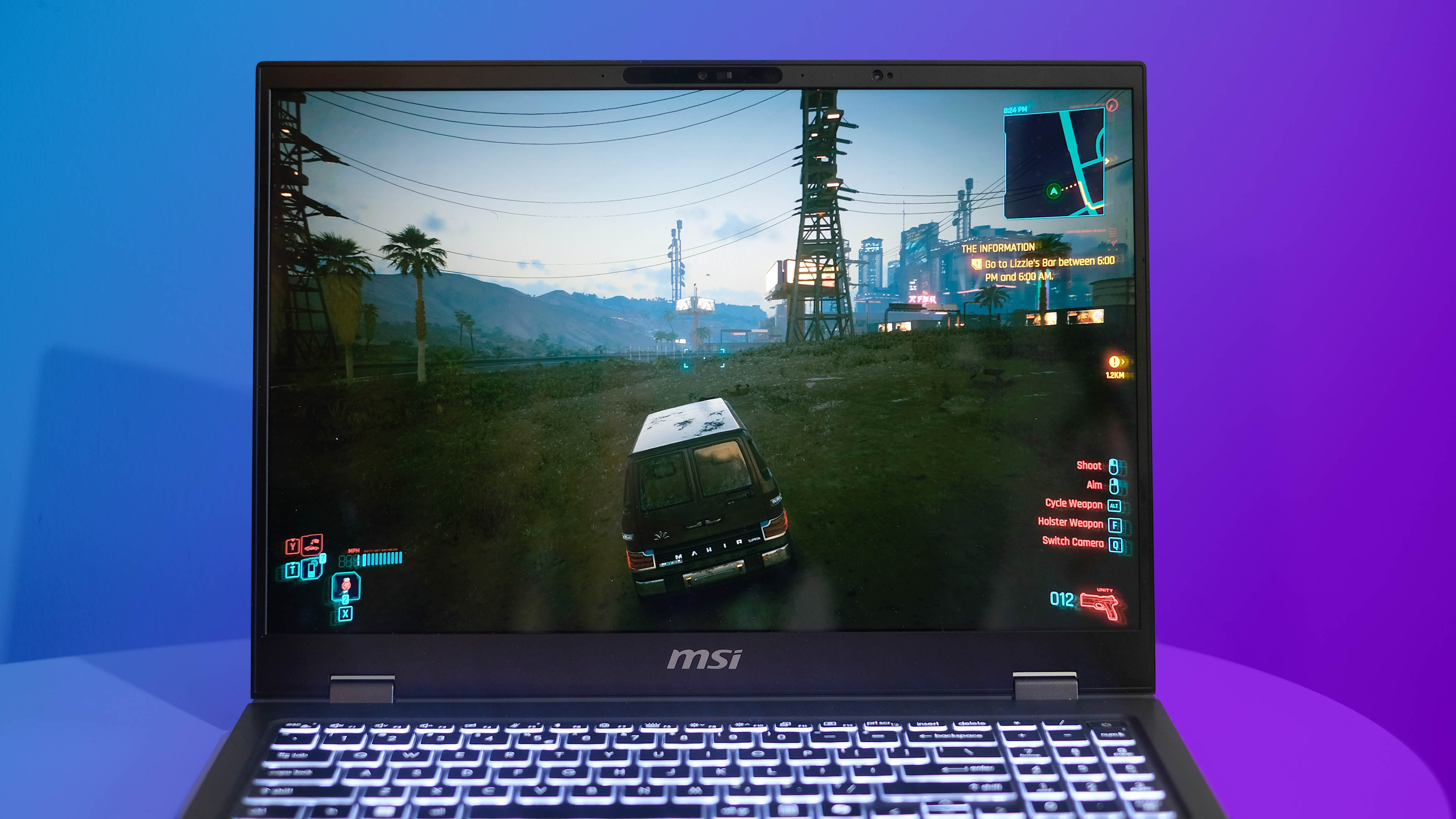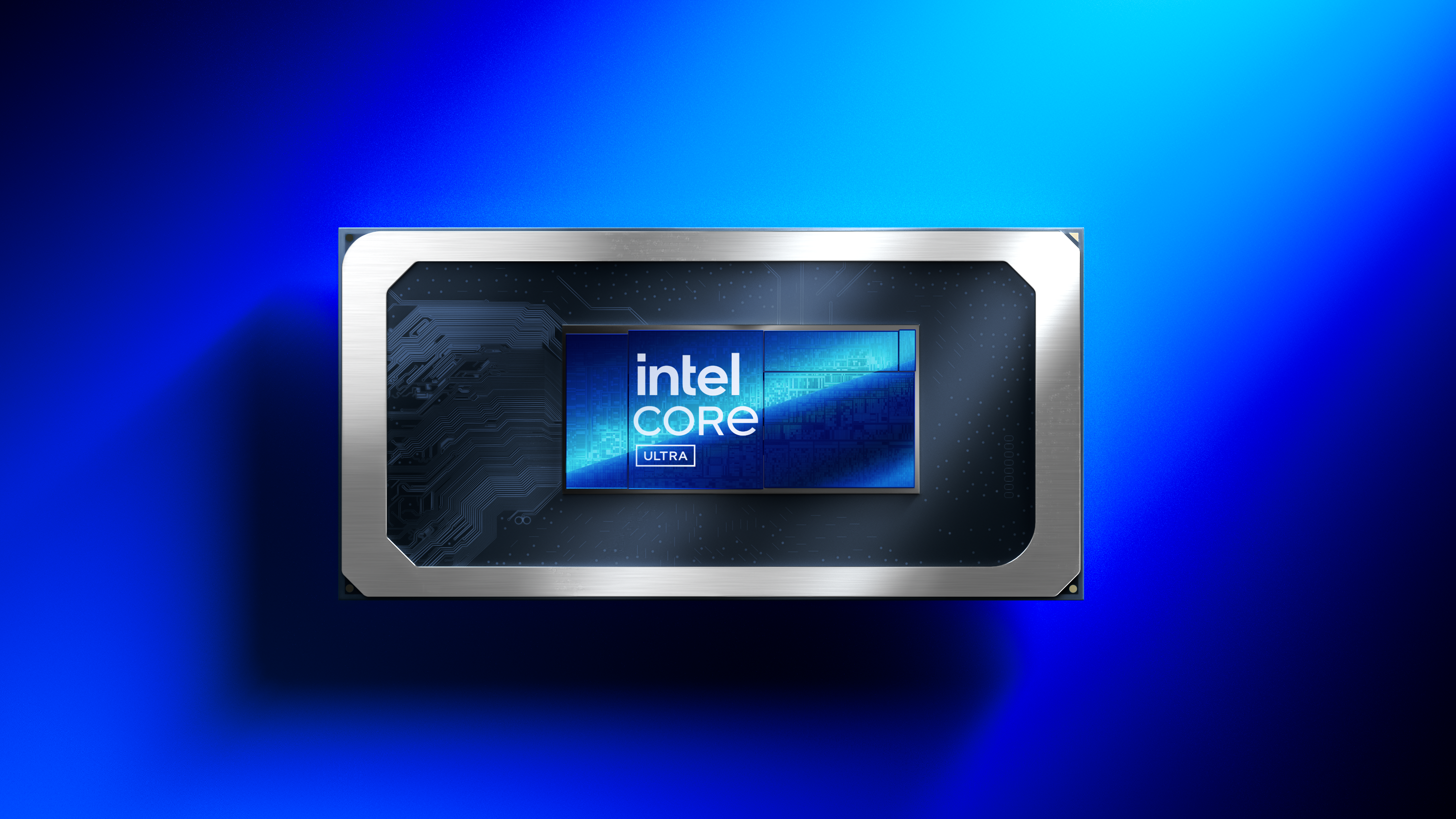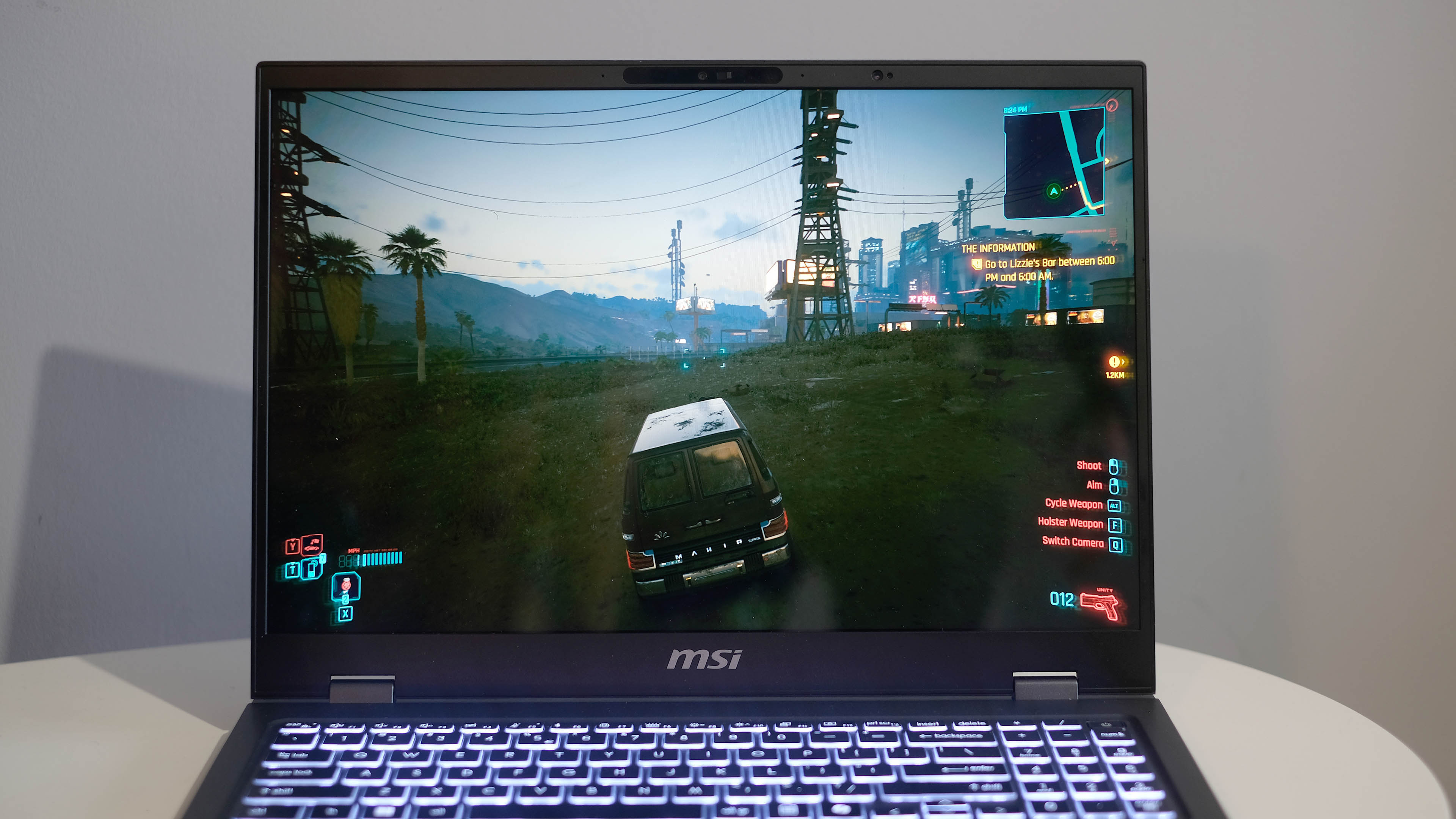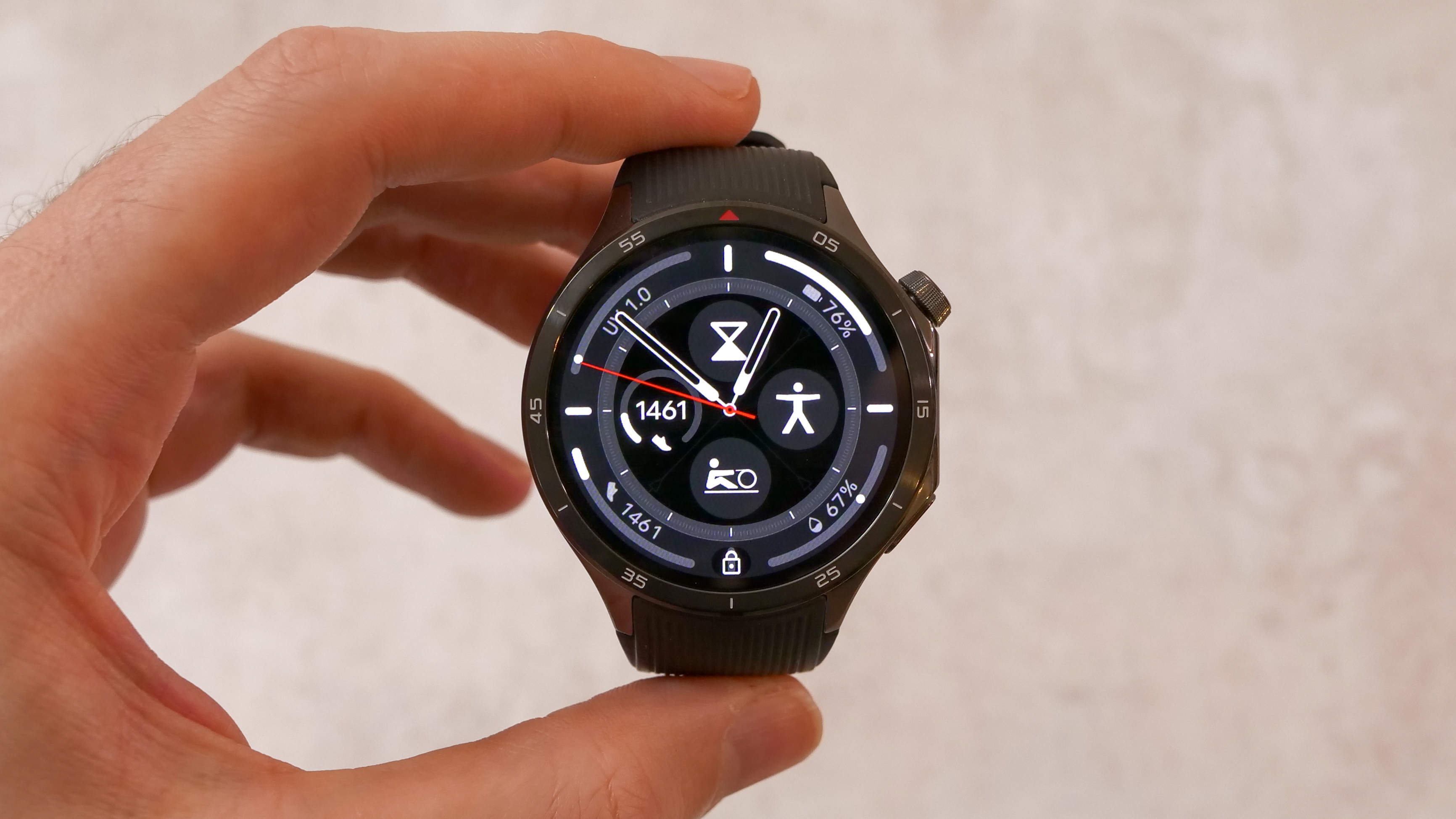I tried Intel’s new Ultra upgrade – it makes boring laptops feel like gaming PCs
The Intel Ultra 9 285H processor is a beast designed for laptops – without the worry of low battery life or super-loud fans


A few days ago, iconic tech chap Bill Gates (of Microsoft fame) said Intel has lost its way. His argument: Intel missed the boat with the AI and mobile phone-style processor revolution, and is at risk of becoming a has-been.
But if you care more about whether your laptop can actually run apps and play games well over whether it can AI-generate cringy LinkedIn posts, Intel is already back up to speed. And kinda smashing it out of the park in some areas.
The Intel Ultra 9 285H is a great example of this in action. It’s a processor for laptops – and I’ve had a chance to test drive it in the brand new MSI Prestige 16.
Inside this laptop's slightly bland exterior you get Intel hardware that makes what looks like a slim-and-light business laptop feel a bit like a low-key gaming PC. And one without those laptops’ two key issues: poor battery life or super-loud fans.
Inside the Arc

You can thank the Intel Arc 140T. This is a new and powerful kind of integrated graphics chipset that comes as part of the Intel Ultra 9 285H processor.
Intel’s Ultra CPUs are nothing new. We’ve reviewed the second-generation 'Series 2' ones, and have loved their combo of good portable gaming power and high efficiency. It's worth looking at our real-world test feature comparing Qualcomm's Snapdragon X Elite against Intel's Core Ultra Series 2 too.
But the Ultra 9 285H? It’s able to rev a lot harder and use a load more power, because it’s part of Intel’s more performance-driven 'H' series.
Sign up to the T3 newsletter for smarter living straight to your inbox
Get all the latest news, reviews, deals and buying guides on gorgeous tech, home and active products from the T3 experts
And the Arc 140T is, at least to me, the most interesting part of this package. It boils down to four elements that all come together in the MSI Prestige 16 laptop that I’ve been using – a full review to come later down the line – to get a taste of this new hardware.
Four pillars of awesome

First up, by the standards of non-gaming-hardware, the Arc 140T can really fly. Cyberpunk 2077’s benchmark hits an average 39.94fps when set to the Ultra graphics mode – and at a respectable 1200p resolution. You in the '60fps or bust' crowd? No problem, just drop down to Medium graphics, fiddle with a setting or two and you’re there.
This would be no big achievement in one of the best gaming laptops, granted, but the MSI Prestige 16 sure ain’t one of those. And unlike a gaming laptop, it only loses a bit of juice when working off battery power – as little as a few percent in some tests.
All of this fits into a 16-inch laptop that weighs just a little over 1.5kg according to my kitchen scales. And when you’re not trying to make what’s basically a business laptop run one of the most demanding games around, it can last 10.5 hours off a charge when streaming YouTube. Or mucking about in Excel like a good work laptop should.
Judging by the barely noticeable noise the MSI Prestige 16 makes, compared to the AMD-powered MSI Prestige counterpart we also have in for review – again, keep your eyes peeled for a future versus feature – Intel’s latest Ultra processor hardware upgrade generates relatively little heat under strain too. A nice bonus.
Sure, the Intel Ultra 9 285H also has improved AI skills, supports the new frame generation features of Intel’s XeSS upscaling solution, and has miles better CPU performance than the Intel 258V laptops we’ve reviewed. But the interesting part here is how close the Intel Ultra 8 285H gets us to a true 'all-purpose' laptop in the MSI Prestige 16 – with more to come down the pipe soon, no doubt.

Andrew is a freelance tech and entertainment journalist. He writes for T3, Wired, Forbes, The Guardian, The Standard, TrustedReviews and Shortlist, among others.
Laptop and computing content is his specialism at T3, but he also regularly covers fitness tech, audio and mobile devices.
He began writing about tech full time in 2008, back when the Nintendo Wii was riding high and smartphones were still new.
You must confirm your public display name before commenting
Please logout and then login again, you will then be prompted to enter your display name.
-
 Leaked AirPods prototype looks like Nothing... literally
Leaked AirPods prototype looks like Nothing... literallyAnd we are here for them
By Britta O'Boyle Published
-
 OnePlus Watch 3 lands in the UK with a flurry of freebies and a huge discount
OnePlus Watch 3 lands in the UK with a flurry of freebies and a huge discountThe new titanium-clad smartwatch brings 120-hour battery life, ECG health checks, and some serious launch offers
By Matt Kollat Published